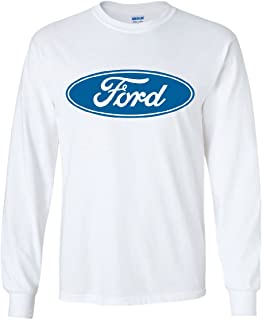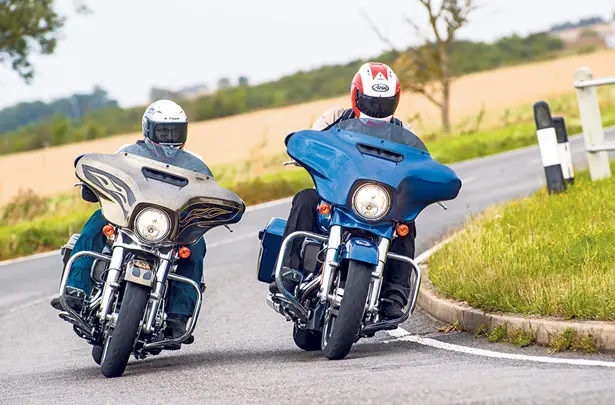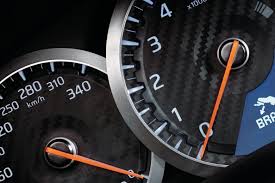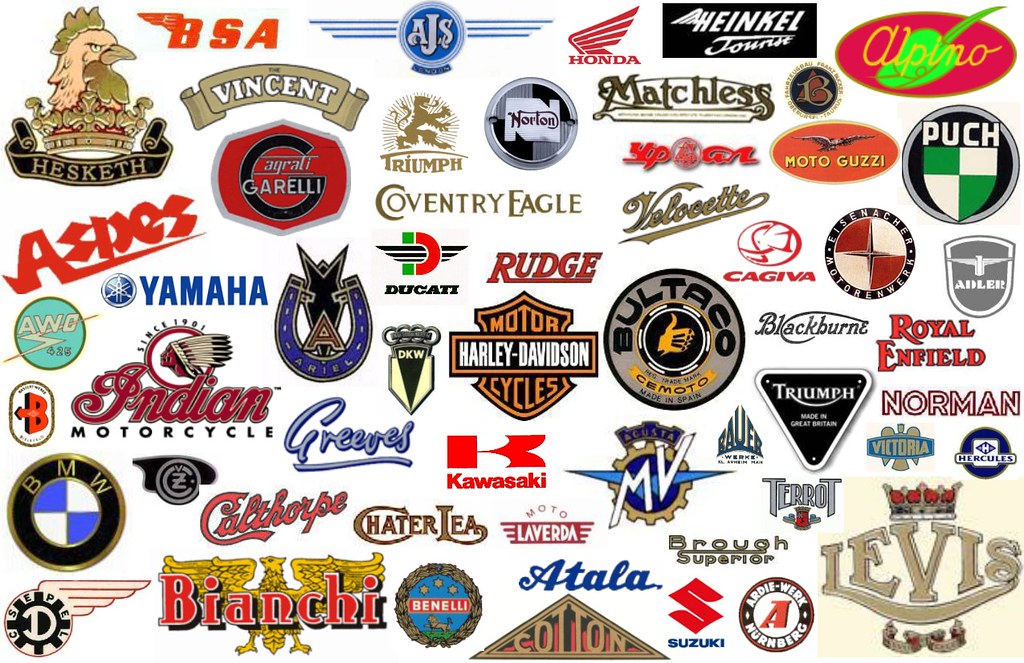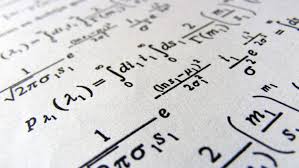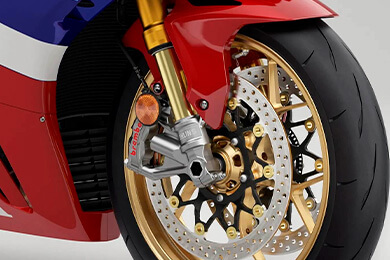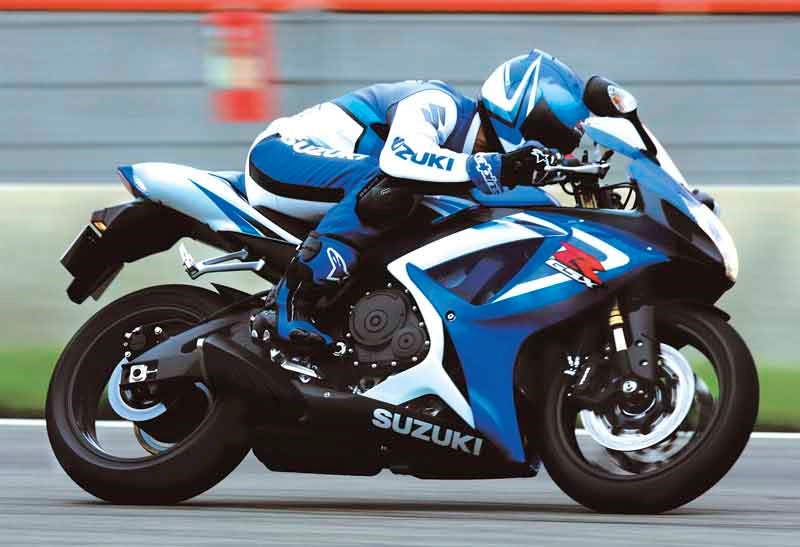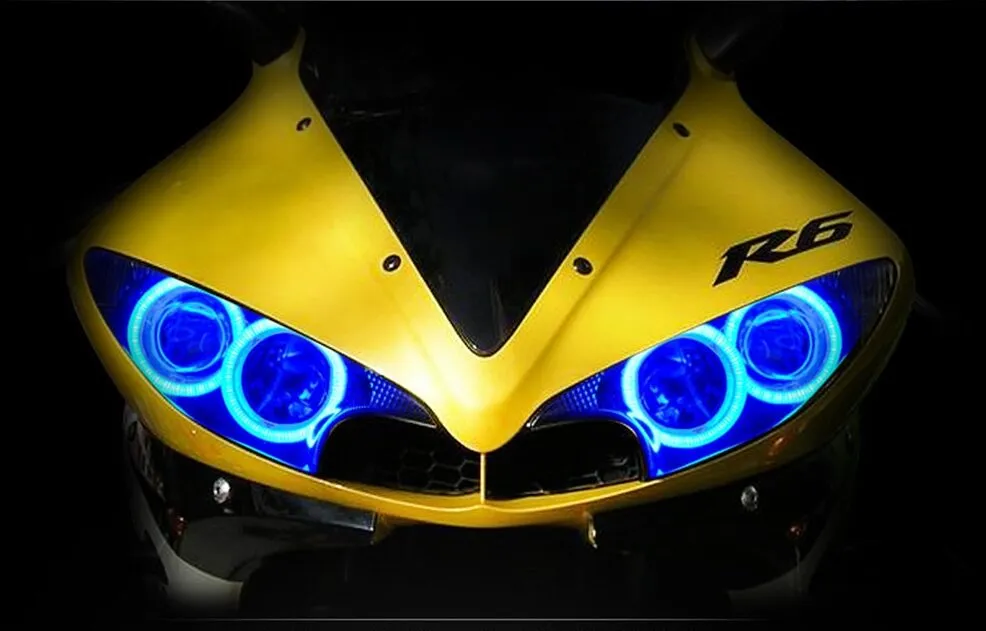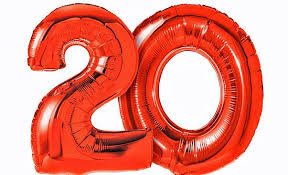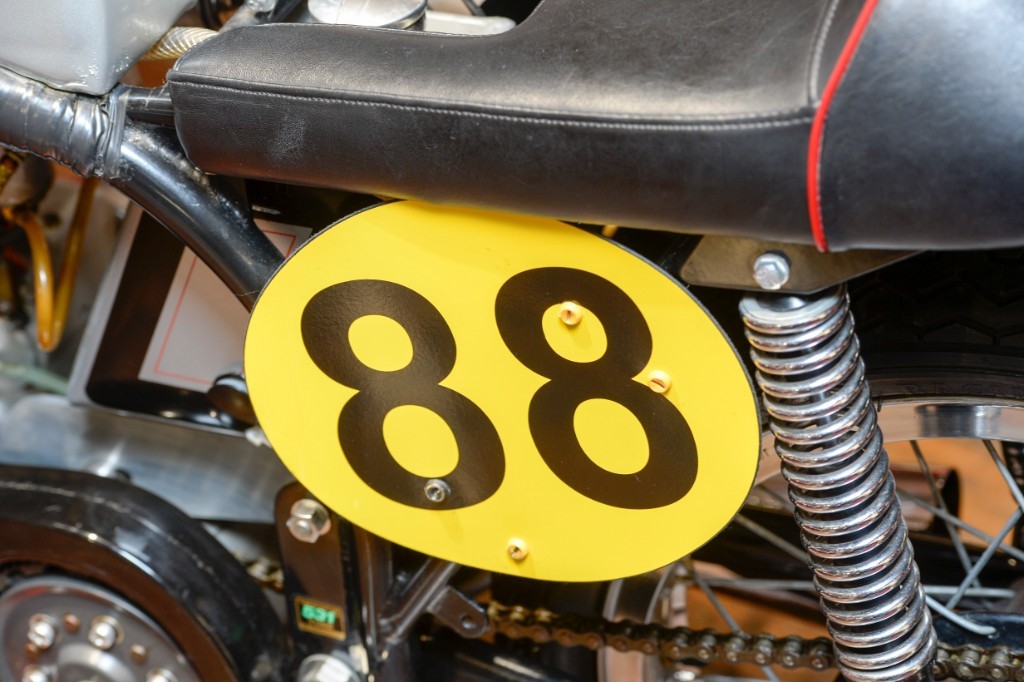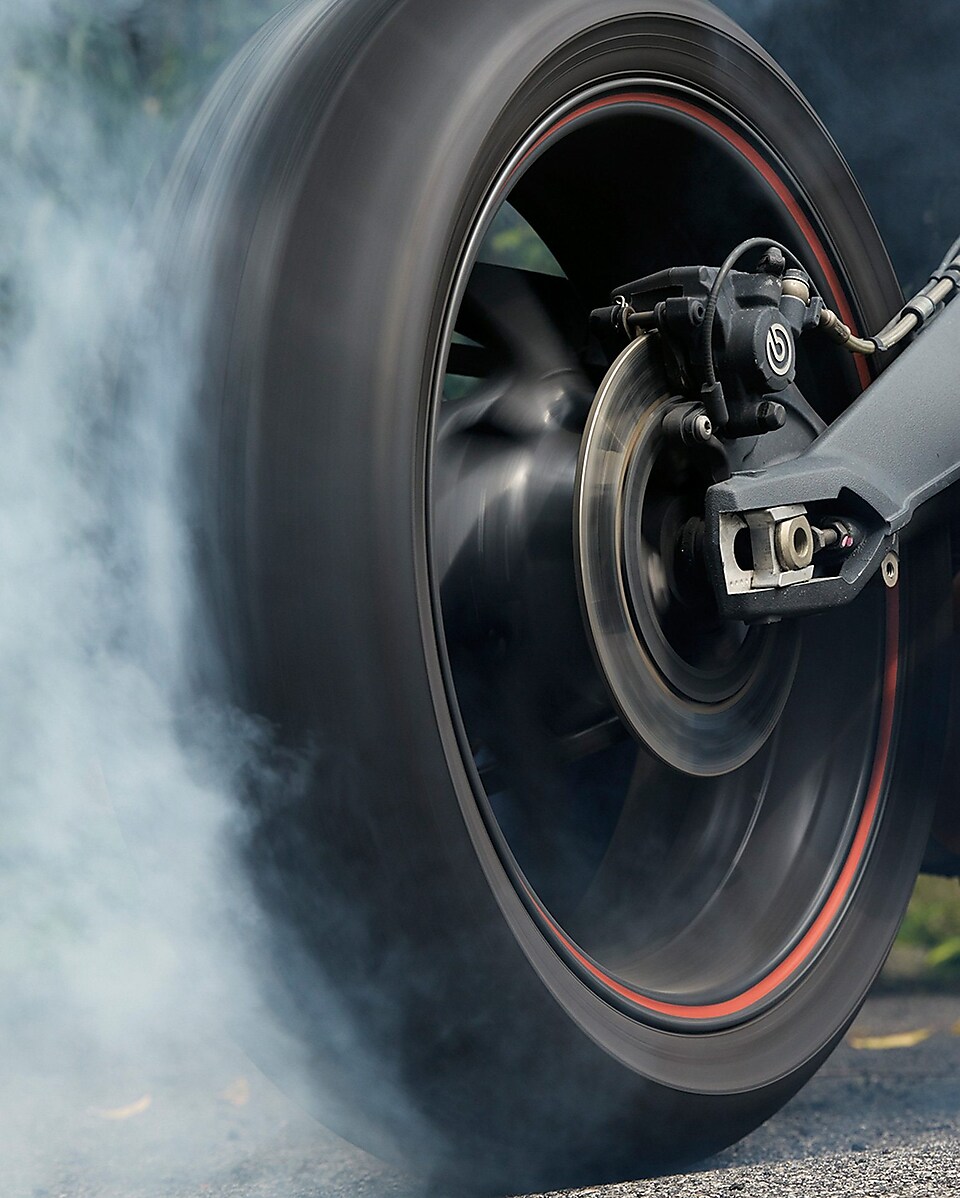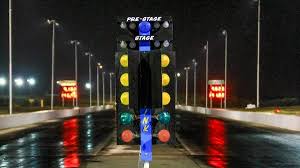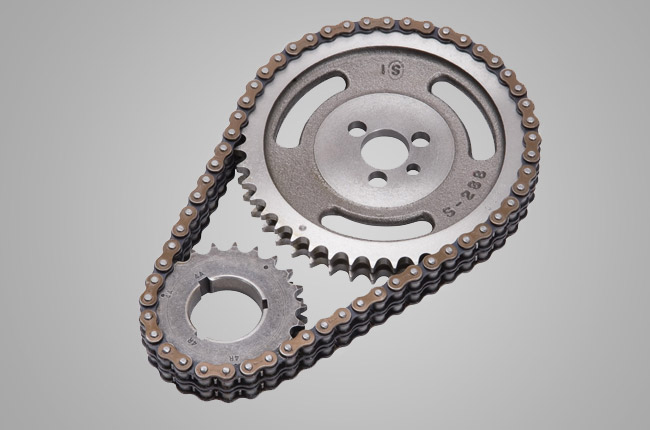


This edition of the Kawasaki ER-6 n is the 6 speed | Manual version and was first brought out in 2011. This was at around the same time as the introduction of the 2012 Buell-EBR 1190RS V-Twin and the 2012 Kawasaki ZX-10 R Ninja.This particular Kawasaki ER-6 has a 649cc Liquid cooled, Two stroke, Wankel Petrol powerplant with 2 cylinders and Electronic Fuel Injection.
The 2011 ER-6 shares its Wankel engine and Standard style configuration with the likes of the 2020 Yamaha XSR 700 Twin and the 2018 Yamaha XSR 700 Twin. Alternatively, if you're looking for other bikes which share the ER-6's Standard style with a similar size of engine then how about the 2020 Yamaha XSR 700 Twin | 2020cc.2018 Yamaha XSR 700 Twin | 2018cc.
Weighing in at 196 kgs (432 lbs) this makes the Kawasaki ER-6 n in the same weight category as the 2025 Yamaha MT-07 Twin Cylinder or the 2025 Yamaha Tenere 700, give or take 50kg.
In terms of power the 649cc 8 valve Wankel 2 cylinder engine produces 72.1 bhp (53 kW) @ 8500 rpm similar to the 2025 Yamaha Tenere 700 [72.4 bhp (53 kW) @ 9000 rpm] or the 2025 Suzuki SV 650 ABS [73 bhp (54 kW) @ 8500 rpm].
The DOHC Two stroke unit throws out torque of 48.6 lb-ft (65.9 Nm) @ 7000 rpm placing it alongside motorbikes of similar performance figures such as the 2025 Yamaha Tracer 9 GT+ [68.5 lb-ft (93.0 Nm) @ 7000 rpm] and the 2025 Yamaha Tracer 9 Triple [68.5 lb-ft (93.0 Nm) @ 7000 rpm].
If one combines the weight with power or torque performance for the Kawasaki ER-6 you can get a better idea of it's real world performance.
The 2011 Kawasaki ER-6 n has a Power to weight ratio of 367.8 bhp per ton and 248.3 lb-ft per ton. Bhp Per Ton figures of the 2011 ER-6 competing with the 1998 Suzuki GSX 600 F Katana [392.6 bhp\ton] and the 2002 Suzuki GSX 600 F Katana [392.6 bhp\ton].
If you agree with the late great Carroll Shelby, then arguably an even better indicator of potential performance is Torque. Factor weight into the equation and you end up with - Torque per ton, with the Kawasaki ER-6 generating around 248.3 lb-ft per ton. If you're curious as to what other motorbikes have as much torque to weight then look no further than the 2020 Yamaha MT-07 Twin Cylinder [273.2 lb-ft per ton] and the 2019 Yamaha MT-07 Twin Cylinder [273.2 lb-ft per ton].
With a 0-60mph time of 10.1 secs or a 0-100km/h (0-62mph) of 10.3 secs, this makes the Kawasaki ER-6 n similar in acceleration to the 2025 Suzuki SV 650 ABS (10.1 secs) and the 2020 Kawasaki Z 650 SE (10.1 secs). This Kawasaki ER-6 n also competes in terms of 0-60 mph and 0-100km/h with the 2018 Honda CB 250 R Neo Sports Cafe (0.0 secs) and the 2020 Norton Superlight SS (0.4 secs).
When talking about the performance of the 2011 Kawasaki ER-6 n on the drag strip it can reach a quarter mile in an estimated 12.6 secs @ 0 mph. Bikes with a similar performance down the quarter mile can be found in the 1981 Yamaha XJ 650 Seca (12.6 secs) and the 1982 Kawasaki Gpz 750 DOHC (12.6 secs).
The 2011 version of the Kawasaki ER-6 n has a maximum speed of 124mph.
If maxing out your bike on the AutoBahn is your thing and you're wondering what's faster at the top end than the 2011 Kawasaki ER-6 n then how about a 2025 Yamaha Tracer 9 GT+ (135 mph) and the 2025 Yamaha Tracer 9 Triple (135 mph).


Kawasaki Z 200 Single Cylinder
Engine Capacity: 198 cc
Top Speed: 0 mph
Quarter Mile: 19.2 secs @ 0 mph



